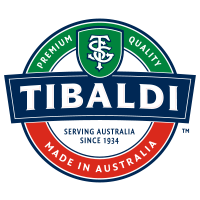A guide to freezing food
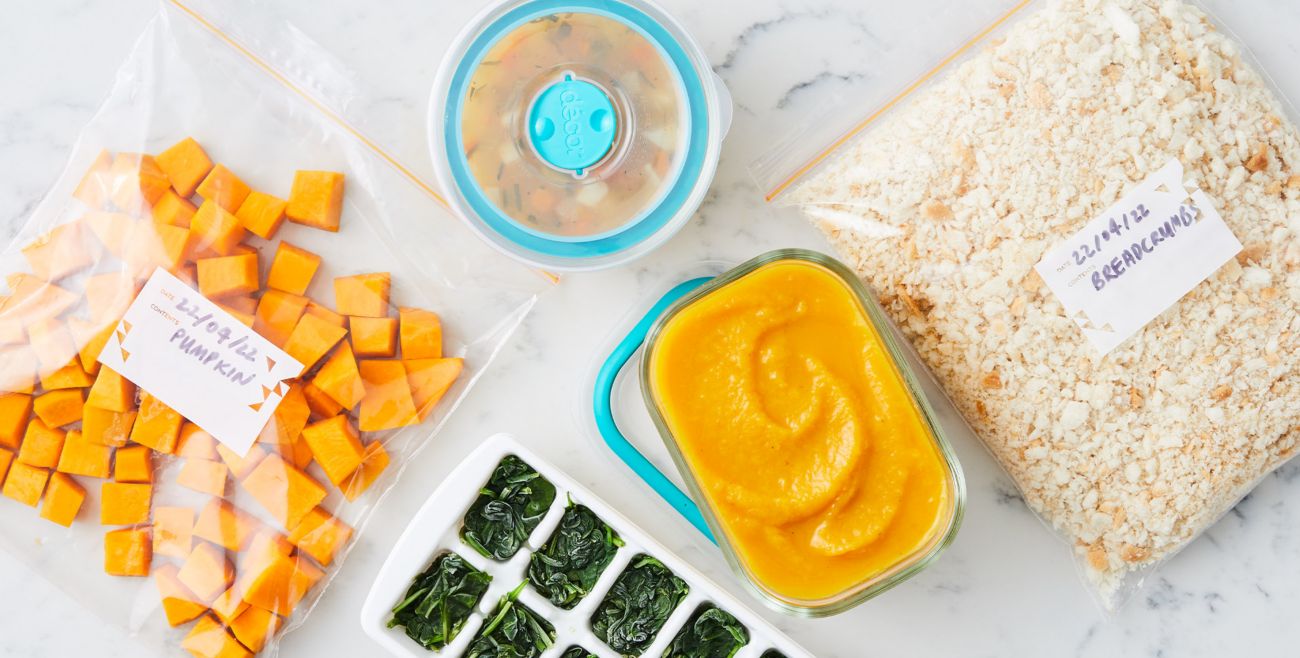
The best food and produce for freezing
Minimise food wastage, and save money and time by freezing your food. Here we share tips on how to best store fresh produce and cooked food for maximum flavour and texture. Plus, discover how to use them in dishes to full effect with delicious recipes that use your frozen ingredients.
Foods that freeze well
- Raw egg yolks and raw egg whites
- Cooked and raw meat
- Milk, butter and yoghurt
- Fruit and vegetables
- Soups, stews and stocks
- Bread and breadcrumbs
- Hummus
- Chocolate
- Grated cheese
- Cream cheese
- Pizza dough and yeasted bread dough
Foods not to freeze
- Boiled eggs
- Cooked pasta
- Vegetables with high water content like lettuce, cucumbers or radishes
- Salad greens
- Egg-based sauces like mayonnaise or custard
- Raw batter
9 vegetables you can freeze
We’ve all been there: your well-thought-out dinner plans fall by the wayside, and you’re left with a full crisper and no idea what to do with all those veggies. The answer – your freezer! A well-stocked freezer is the key to having the greatest variety of ingredients on hand.
Tip: Don’t forget to thaw frozen vegetables in the fridge. If you’re adding them to a soup or stew, you can use them frozen.
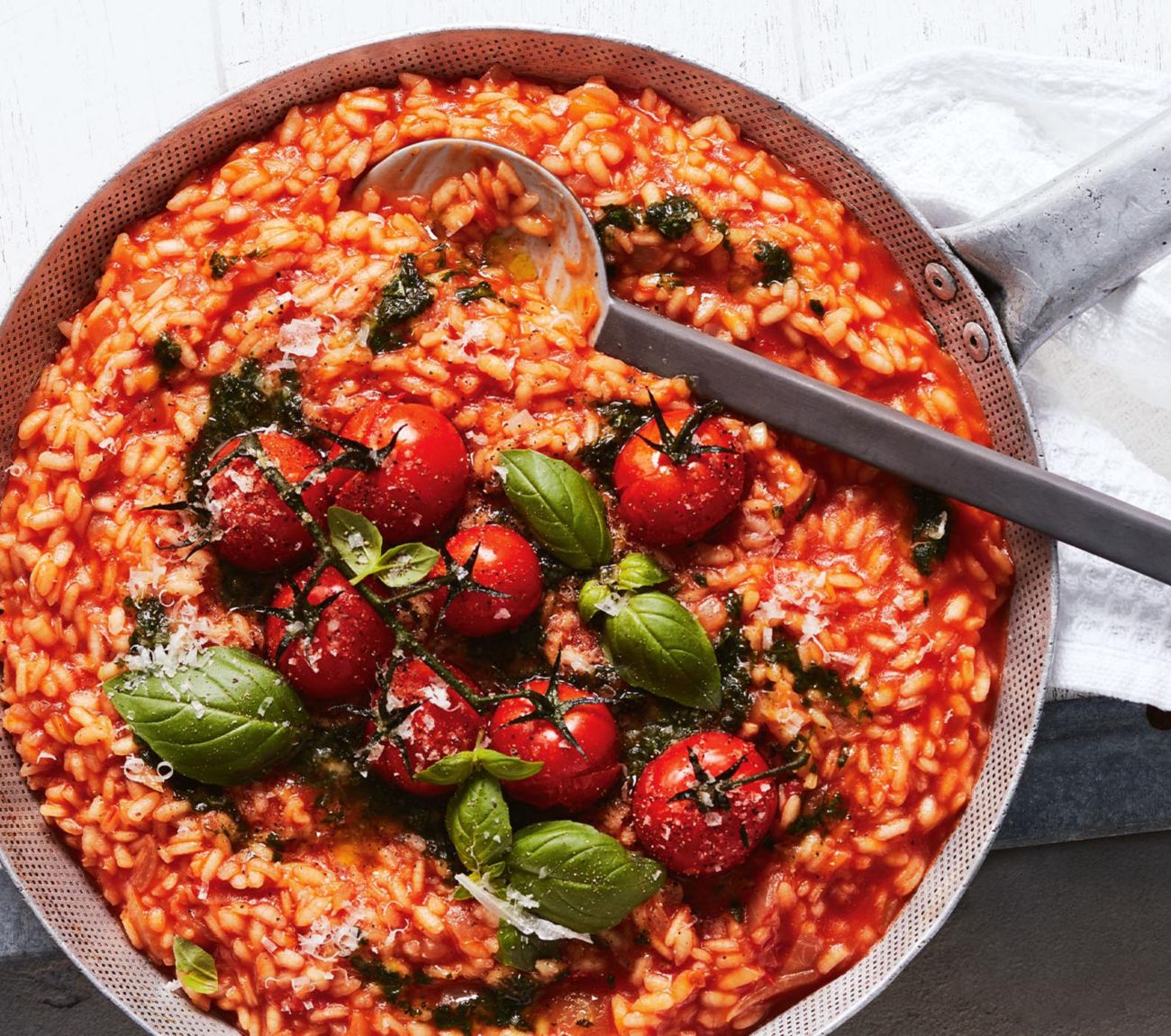
01
Tomatoes
Yes, they’re technically a fruit, but we use them mostly as a vegetable. Dice and freeze raw in freezer bags for up to three months. You won’t be able to use them in salads, but they’re perfect for adding to soups, stews, pasta sauces, homemade tomato sauce, relish and chutney.
Tomato recipes
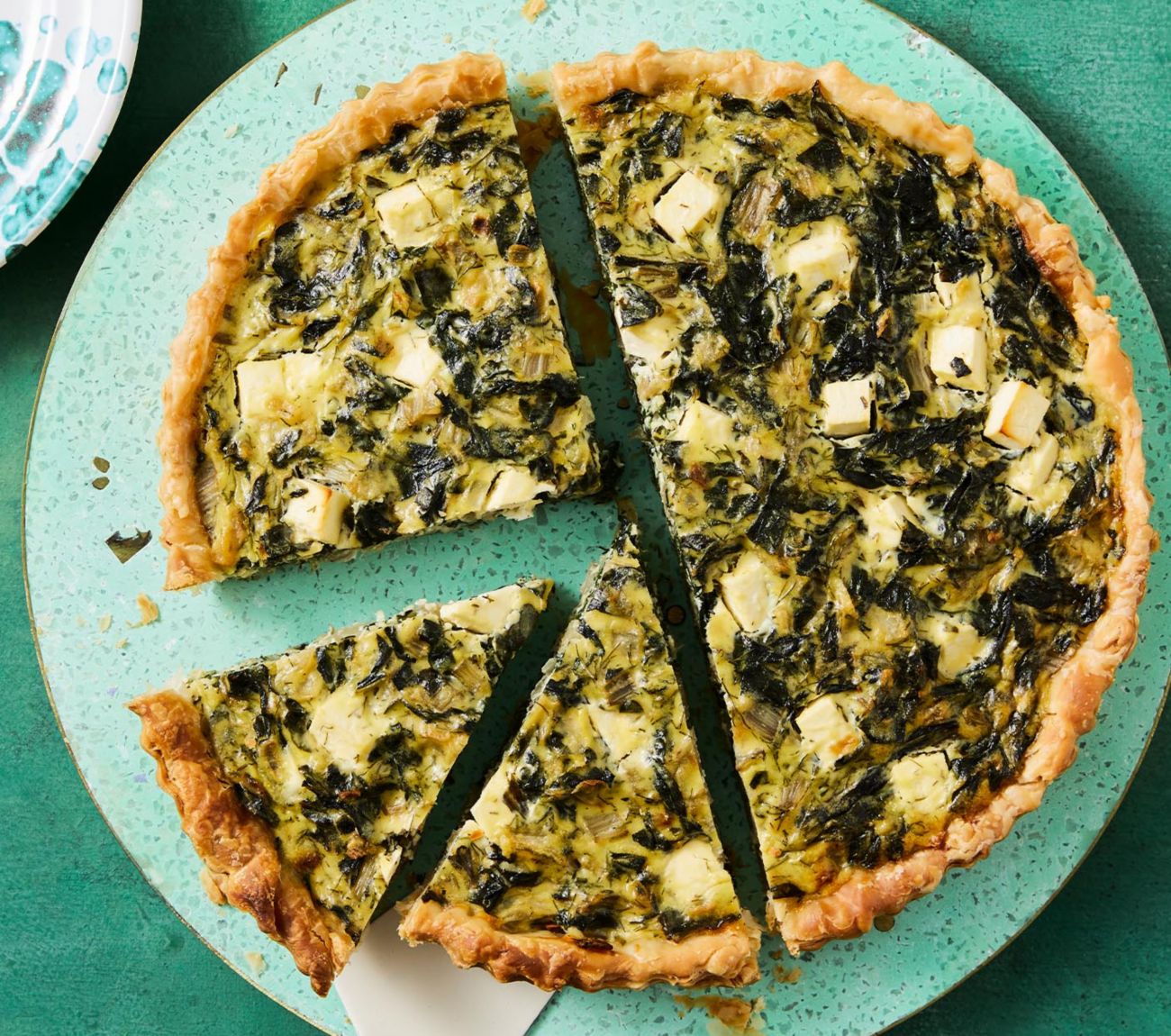
02
Silverbeet, kale and spinach
Chop the leaves, then steam until wilted. Once cool, shape into large handfuls and store in freezer bags for up to three months – freezing the leaves in handfuls means you won’t need to use the whole bag. You can also freeze the stems, just steam, chop and store in an airtight container for up to three months. Add leaves and/or stems to soups or stews, and the leaves to potato cakes and fritters.
Silverbeet, kale and spinach recipes
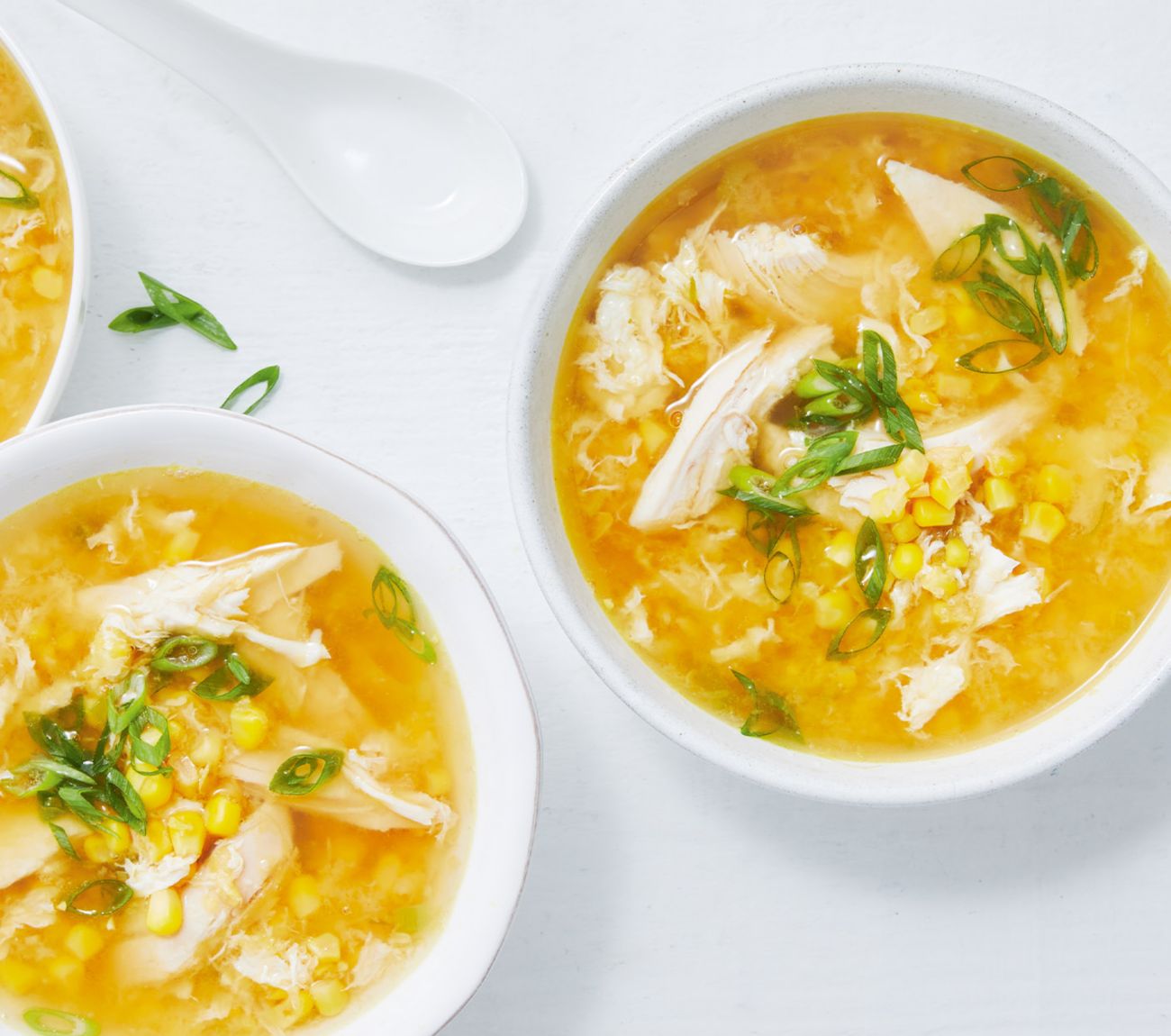
03
Corn
Yes, you can freeze corn! If freezing on the cob, wrap tightly in plastic wrap. If you’re freezing just the kernels, carefully slice them from the cob, place in freezer bags or containers, and use frozen. Both will keep in the freezer for up to three months. Add frozen kernels to chilli con carne, or steam and add to salads. Defrost cobs in the fridge and steam or boil as usual.
Corn recipes
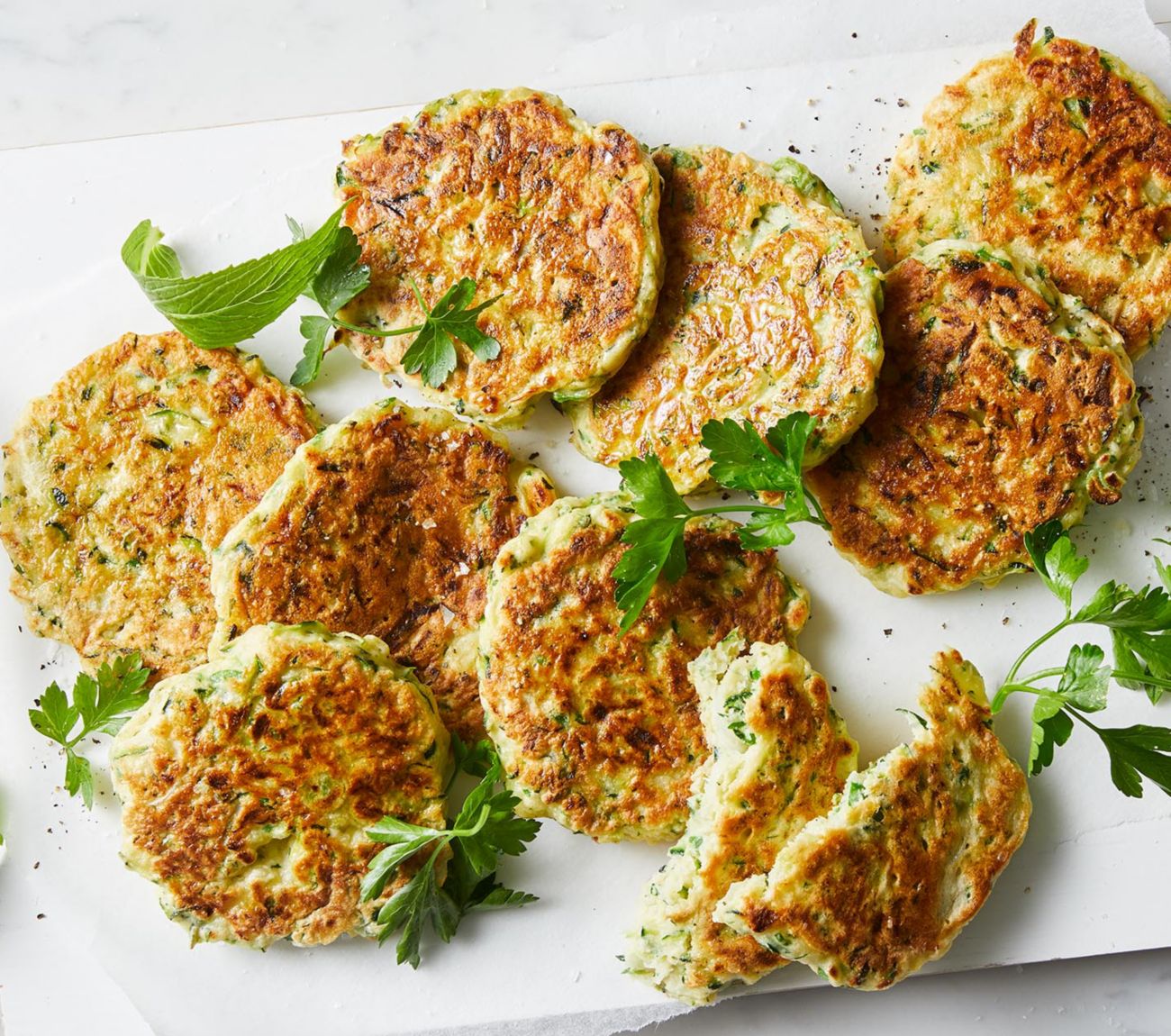
04
Zucchini
Chopped, grated or sliced zucchini will keep in the freezer for up to three months. Add chopped or sliced zucchini to soups, sautes or smoothies, or just steam, bake or stir-fry. If you're using the grated zucchini, make sure you squeeze any excess moisture out once it’s thawed, then add to muffins, brownies or bolognese.
Zucchini recipes
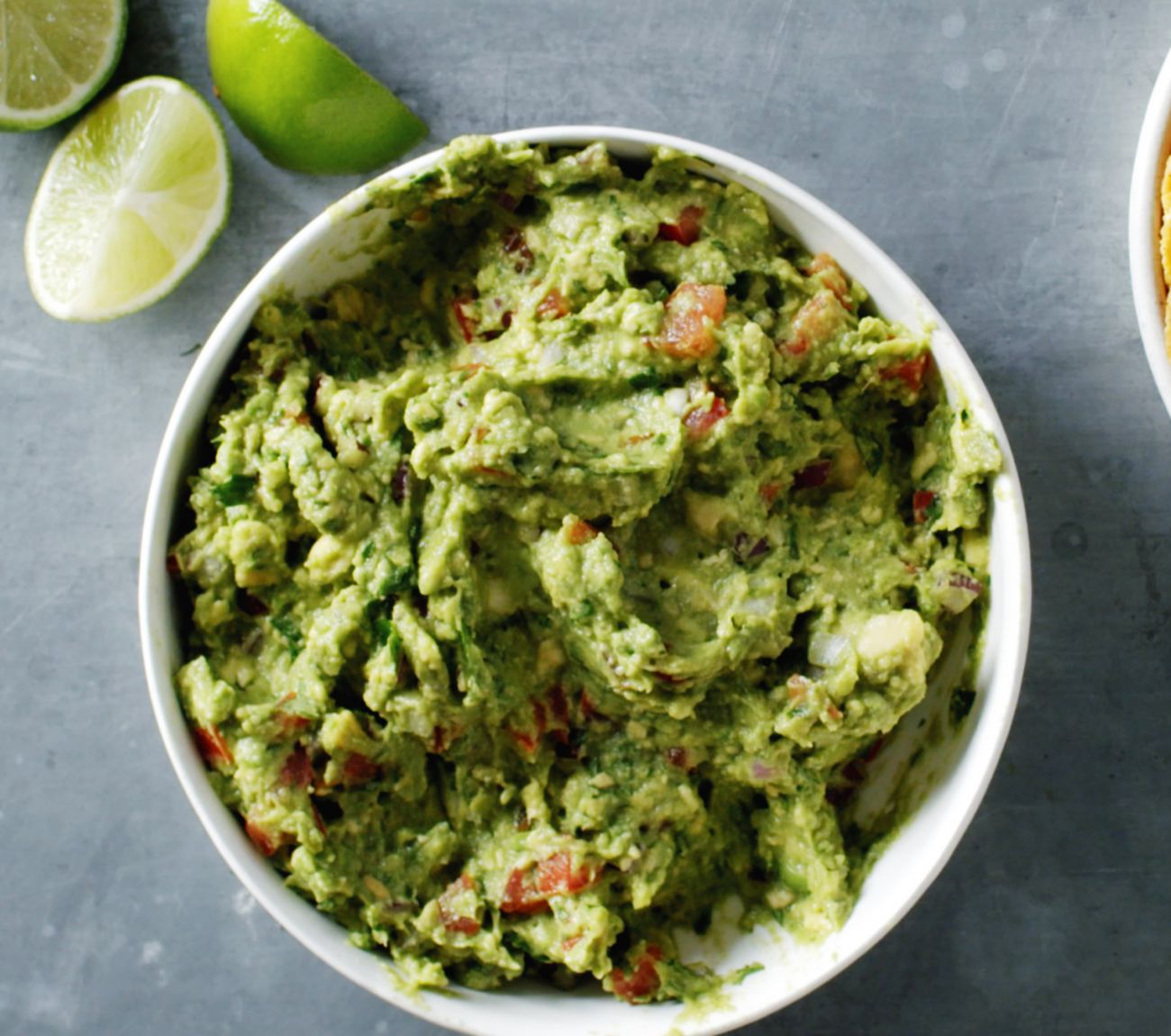
05
Avocado
Can you freeze avocado? Yes! Puree with some lime or lemon juice to prevent discolouring and freeze for up to three months. It won’t taste quite the same as fresh avo, but it’s great in smoothies, muffins and ice-cream!
Avocado recipes
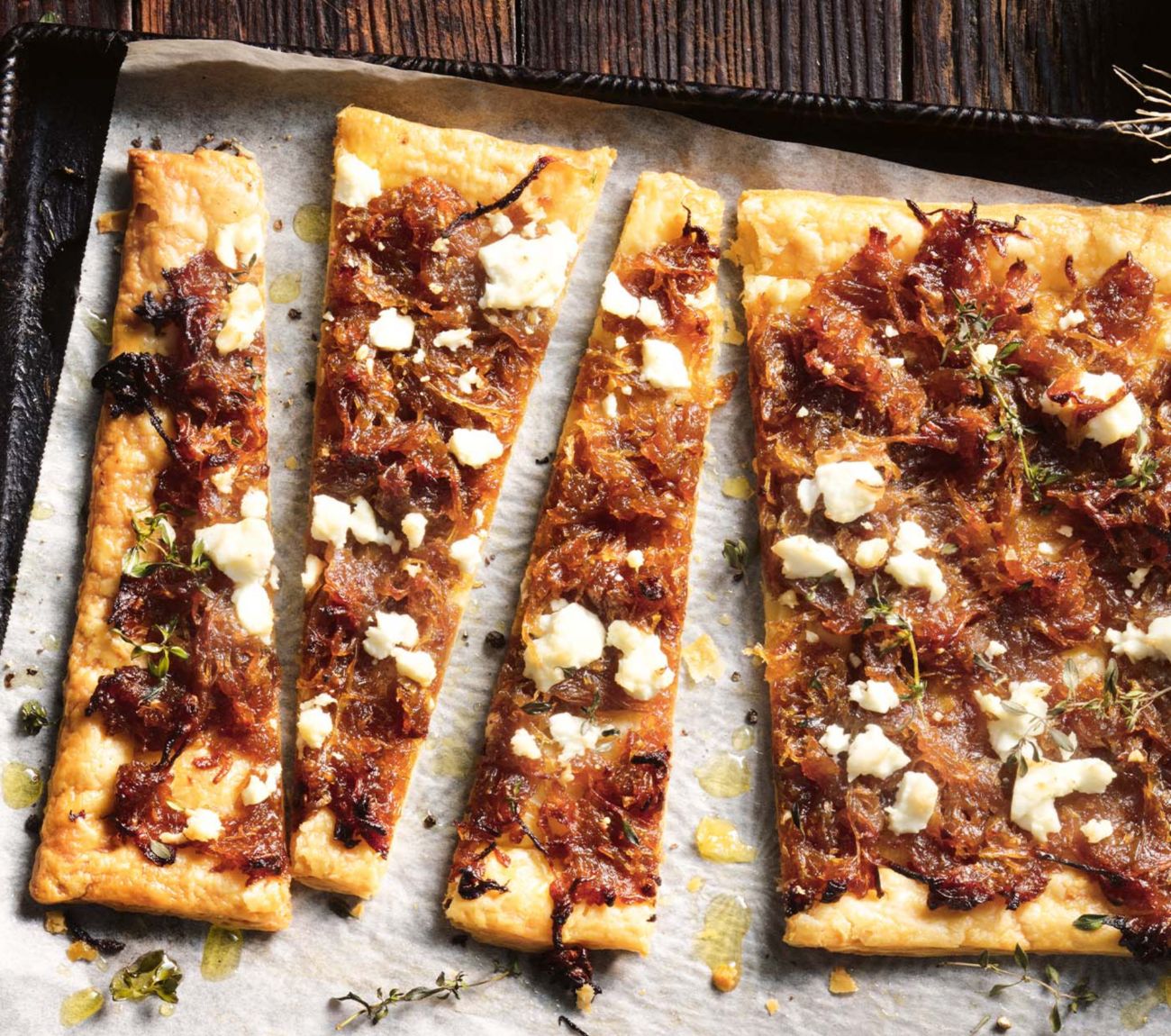
06
Onions
Chop onions and store in airtight freezer bags or containers for up to three months. Make sure they’re properly sealed so the odour doesn’t escape! Substitute frozen onions instead of fresh in sauces, chutneys, casseroles, patties and soups.
Onion recipes
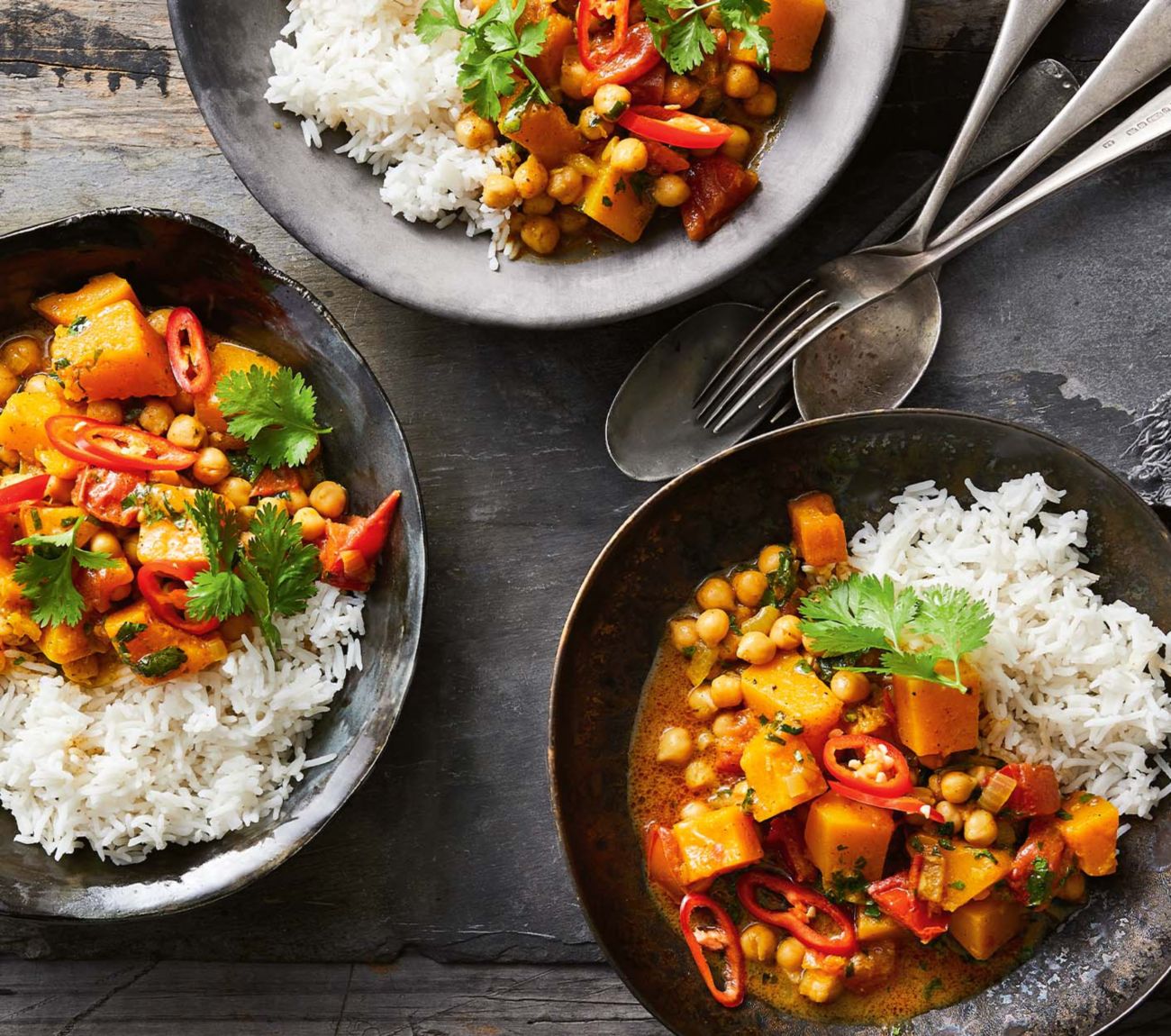
07
Pumpkin
You can freeze raw or cooked pumpkin for up to three months. Dice raw pumpkin and store in freezer bags or containers. Cooked pumpkin can be frozen in pieces or pureed. Add thawed cooked pumpkin to soups and salads, and thawed raw pumpkin to casseroles and bakes.
Pumpkin recipes
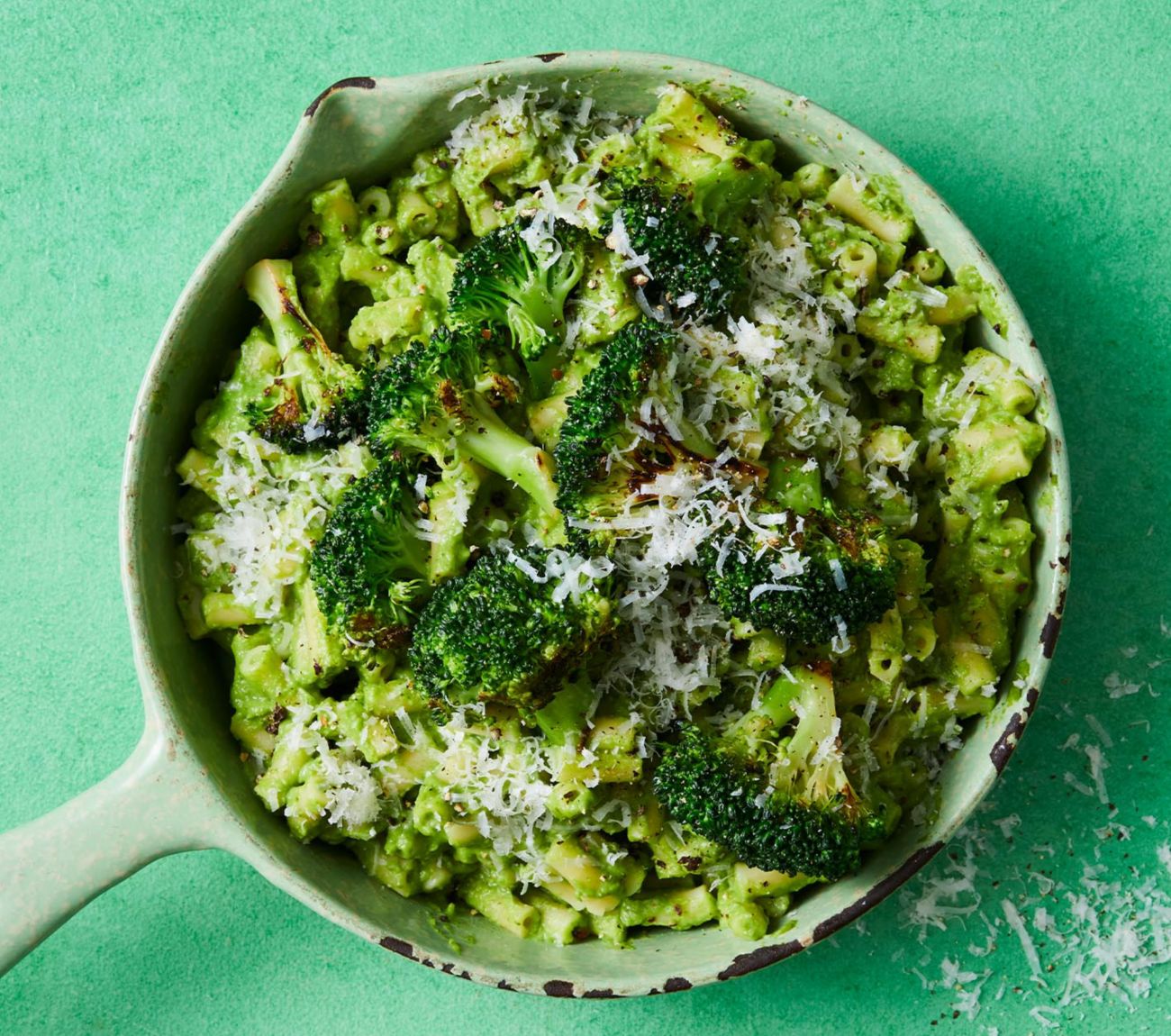
08
Broccoli
Blanch florets and store in a freezer bag or airtight container for up to three months. Don’t pack them too tightly otherwise they’ll squash together, making them hard to separate. Use in soups, stir-fries and bakes.
Broccoli recipes
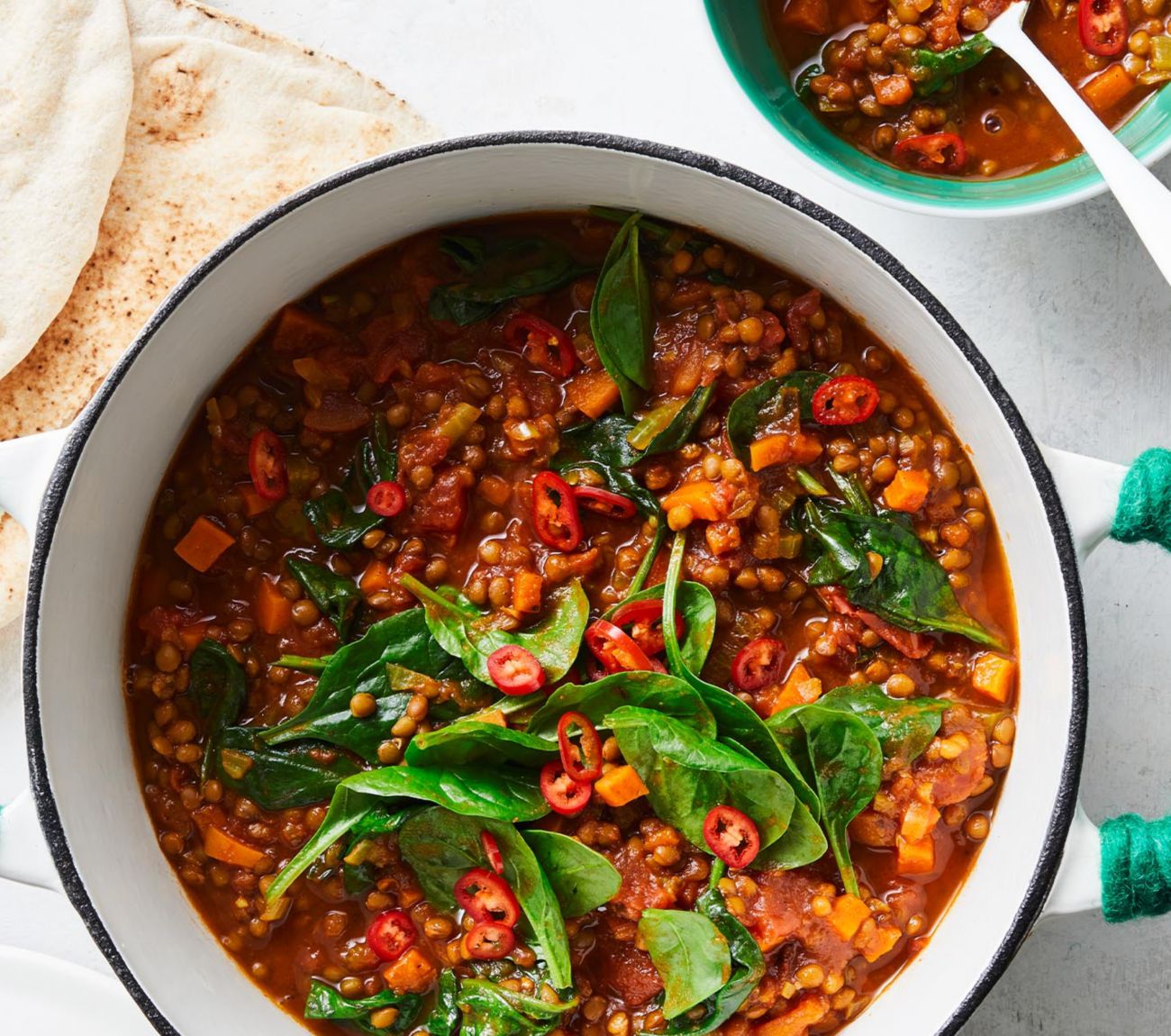
09
Herbs
Grab your ice-cube tray. For leafy herbs, such as parsley and coriander, puree and freeze in the tray, or chop, place in the tray and top up with water. They won’t be suitable to use fresh, but are perfect for cooking. For woody herbs , such as rosemary, thyme and sage, place in the ice-cube tray and top with olive oil. Use as the oil base for casseroles, stews or gravy.
Freezing food safely
- Temperature check: In order to keep your food safe and properly frozen, your freezer temperature should be -18ºC.
- Cool hot food: Always allow hot food to cool first before placing it in the freezer. Freezing hot food increases the temperature of the freezer, making it unsafe.
- Divide portions: Store food in small portions so that it freezes quickly and defrosts easily.
- Make it airtight: If you’re using foil, glad wrap or freezer bags, remove as much air as possible to avoid freezer burn. If using airtight containers, remember to leave a bit of space in the container as food expands as it freezes.
- Label everything: Use a marker to label your food with the contents and date placed in freezer.
- Pack it tight: A full freezer is more energy-efficient than a half empty freezer as the cool air doesn’t need to circulate as much.
- Location is key: Produce with a higher chance of spoiling, like meat, should be kept at the back of the freezer where the temperature is colder and consistent.



























































































